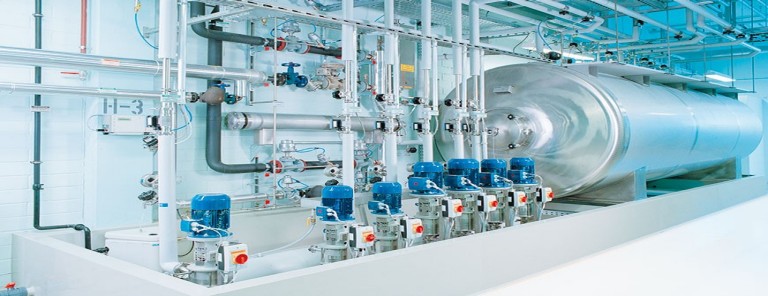Pharmaceutical manufacturing is a highly regulated industry. Given the stress on product quality and the widespread impact of substandard production on public health and safety, utility system qualification is a critical step that companies must take towards ensuring that all their products comply with federal laws and regulations.
In pharmaceuticals, critical utilities like WFI, RODI, Compressed Air, Nitrogen, Air Handling Units (AHU) and HVAC (Heating, Ventilation and Air Conditioning) systems support the manufacturing process. As a result, these are treated as products that need to satisfy FDA regulatory requirements and pharmaceutical manufacturing standards, just like raw materials and other equipment used in the industry.
Quantitative and qualitative specifications: Utilities must pass a string of qualitative and quantitative specifications to be considered satisfactory. Different utility systems have different quality and standard criteria, designed on the basis of inputs from relevant departments and organizations as well as manufacturing and engineering provisions. When a validation program is set in place for utility systems used in pharmaceutical, critical utilities should be first on the list. It’s important to focus on the design, qualification and monitoring of each utility system used in pharmaceutical or biotech companies, so their end product fulfills all pharmaceutical quality standards.
cGMP and FDA guidelines: Utility system qualification is designed to ensure that utilities in use conform to health and safety regulations, as well as pharmaceutical manufacturing standards and cGMP guidelines. Current good manufacturing practices (cGMPs) are FDA guidelines that check the design, control and monitoring of manufacturing facilities and processes. To comply with cGMP regulations, drugs and medicinal products need to be of the right quality, strength and purity, by way of adequately controlled and monitored manufacturing operations.
Steps in utility system qualification include:
- Implementing strong operating procedures
- Establishing extensive quality control systems
- Procuring a consistent quality of raw material supplies
- Maintaining dependable testing labs
If such a broad control system is implemented in a pharmaceutical facility, it can help to control:
- Instances of mix-ups
- Contamination, errors
- Defects and deviations during the manufacturing process
Such pharmaceutical products are better able to meet public health and safety laws established by the FDA.
Flexibility: Pharmaceutical cGMP guidelines are flexible enough that all manufacturers are free to decide how to apply FDA controls in ways that fit their unique requirements. They can make use of a variety of processing methods, testing procedures and scientific designs to adapt their manufacturing processes to meet the laws. Because of the flexibility of these laws, companies can use innovative approaches and sophisticated technology to implement a system of continual improvement in order to achieve a consistent quality of pharmaceutical supplies.
FDA approved regulations: All pharmaceutical manufacturing facilities need to adhere strictly to FDA-approved regulations. Failure to meet FDA regulations can result in responsive action by the authorities against the product or the responsible facility, depending upon the seriousness of non-compliance. The company may have to recall the product under orders of the FDA, to ensure it does not cause additional harm or risk to the public.
cGMP requirements can be useful in ensuring the efficacy, quality and safety of pharmaceutical products by making sure facilities are in good operating condition, with sufficiently calibrated and well-maintained equipment, trained and experienced staff and reliable and efficient processes.
While a utility system cannot affect product quality on its own, it forms an integral part of the manufacturing process. That is where Panorama Consulting and Engineering, Inc. helps the companies setting up the validation processes as per the regulatory requirements.


